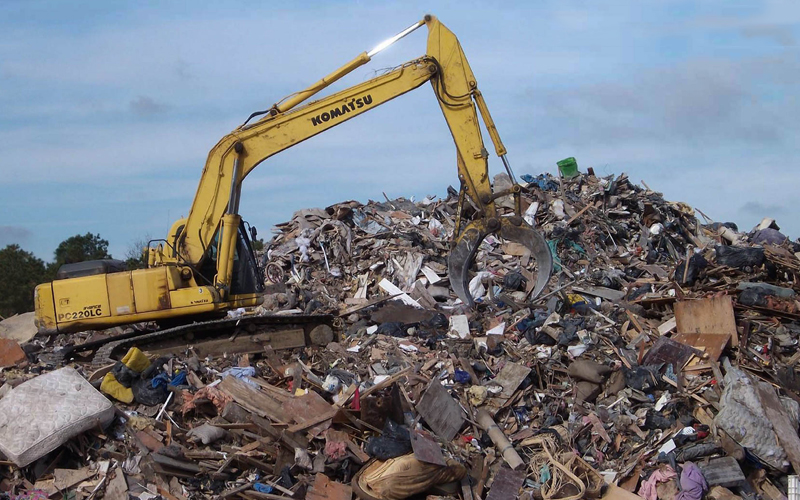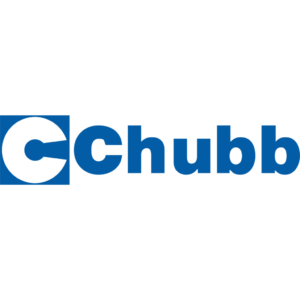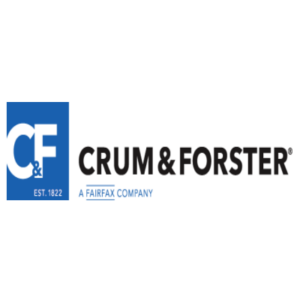Debris Removal Insurance
Debris removal insurance tailored to your business
Protect Your Debris Removal Company with Professional Liability Insurance
Debris removal insurance is a type of coverage typically included in property insurance policies. It provides financial protection for the cost of removing debris or wreckage resulting from a covered loss, such as a fire, explosion, natural disaster, or building collapse. This coverage helps property owners or businesses manage the expenses associated with clearing away debris, including damaged structures, debris removal equipment, and disposal fees. Debris removal insurance can be crucial after a significant property damage event, as it ensures that the affected area is safely cleared and ready for reconstruction, ultimately facilitating a quicker recovery process.
The Importance of debris removal insurance
Debris removal insurance holds paramount importance in the realm of property insurance. When unexpected disasters strike, such as fires, storms, or structural collapses, the aftermath often leaves behind a chaotic scene of debris and wreckage. The cost of clearing and removing this debris can be substantial and, if not adequately covered, can become a financial burden for property owners. Debris removal insurance steps in as a crucial safeguard, ensuring that the expenses associated with cleanup and disposal are covered. Beyond financial relief, it expedites the process of restoring the affected property to its pre-loss condition, facilitating a faster recovery and minimizing disruptions to businesses and homeowners alike. In essence, debris removal insurance not only protects the financial well-being of property owners but also plays a pivotal role in their ability to rebuild and move forward after a catastrophic event.
Commercial Insurance Quote
Discover what is covered by debris removal insurance
Debris removal coverage typically includes a range of expenses related to the removal and disposal of debris resulting from a covered loss or event, such as a natural disaster, fire, explosion, or structural collapse. While the specifics can vary depending on the insurance policy, debris removal coverage typically includes the following:
Removal of Damaged Structures: This covers the cost of dismantling and removing damaged buildings, structures, or property components that are beyond repair or pose a safety hazard.
Site Cleanup: Expenses related to clearing the affected area of debris, rubble, and wreckage, including the use of heavy equipment and labor.
Disposal Fees: Costs associated with properly disposing of debris at designated waste disposal sites, including landfill fees and permits.
Transportation Costs: Expenses for transporting debris to disposal sites, which may involve specialized vehicles or equipment.
Temporary Storage: Coverage for temporarily storing debris if necessary, prior to disposal or recycling.
Recycling and Salvage: Costs associated with recycling or salvaging materials from the debris when possible, which can help reduce disposal costs and environmental impact.
Emergency Measures: Expenses incurred for immediate actions to secure the site, prevent further damage, or protect public safety.
Municipal Compliance: Coverage for expenses related to complying with local ordinances and regulations governing debris removal and disposal.
Additional Costs: Some policies may include coverage for extra expenses incurred due to specific circumstances, such as hazardous materials removal or the need for specialized cleanup services.
It’s important to note that the scope and limits of debris removal coverage can vary widely among insurance policies. Property owners and policyholders should carefully review their insurance contracts to understand the specific terms, conditions, and limitations of their debris removal coverage. Additionally, they should work closely with their insurance provider to ensure they have an appropriate level of coverage to meet their needs, especially if they are in an area prone to natural disasters or other significant events that could result in substantial debris removal costs.

As a debris removal company, protecting your business with an insurance policy is crucial.
Reach out to us for a personalized consultation and explore the coverage options that suit your specific needs.
Companies We Work With






















